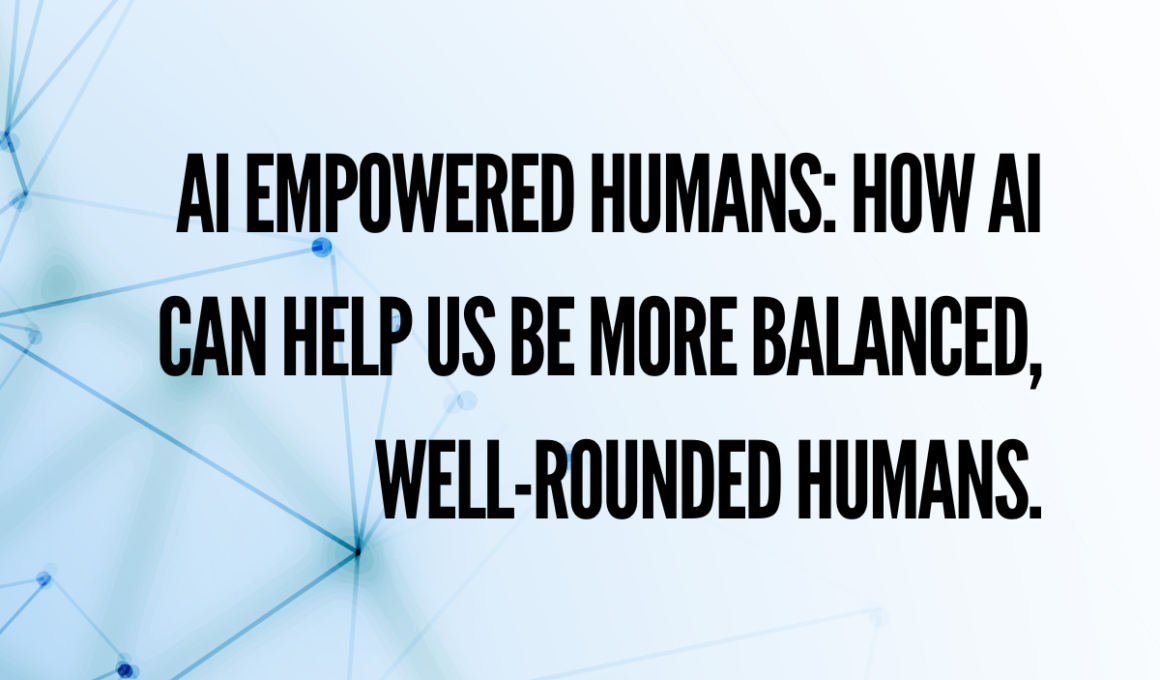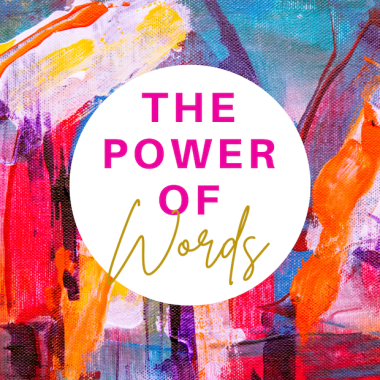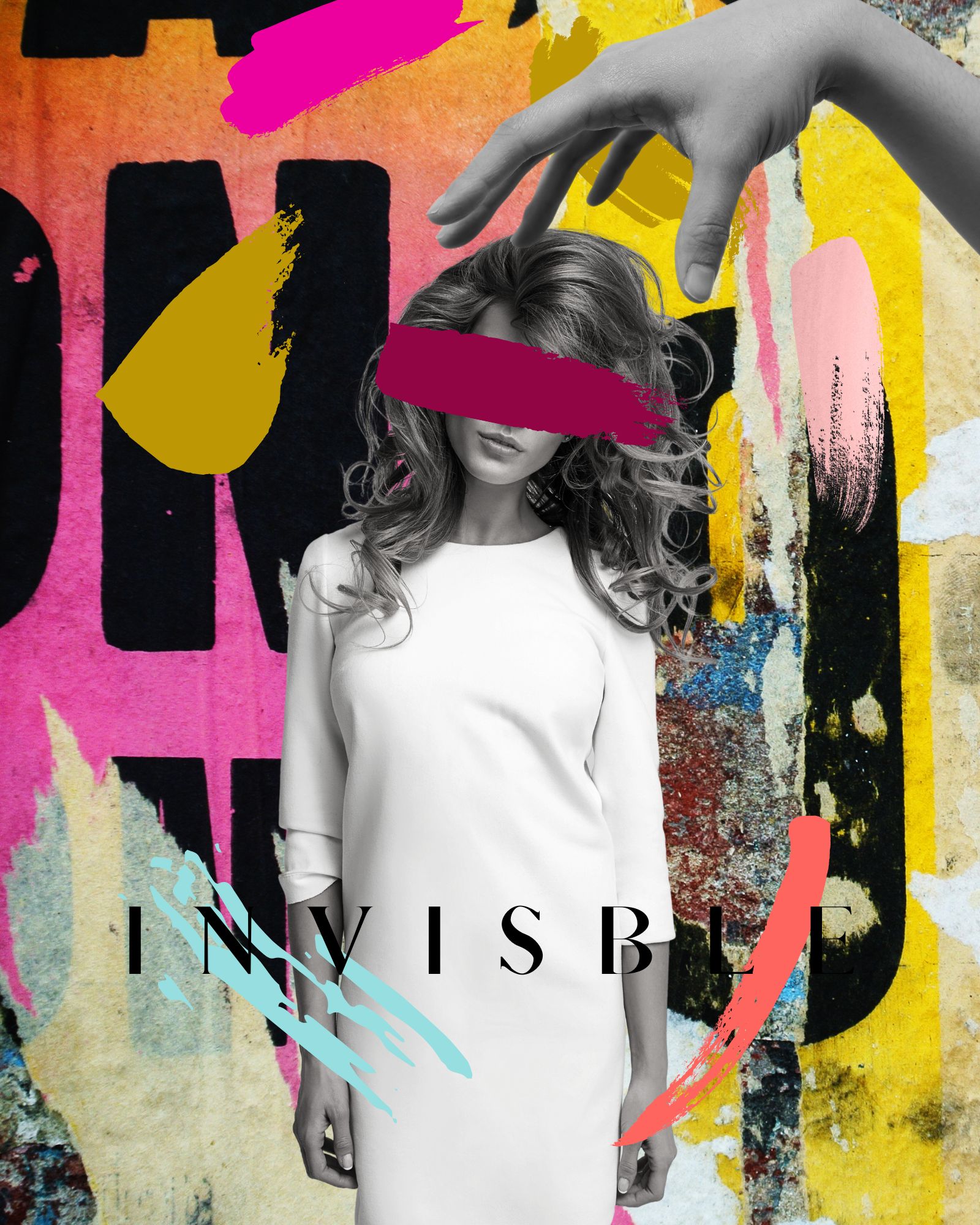by Brittany Strube
In an era where technology continually reshapes our lives, AI stands at the forefront, promising a revolution in education and personal development.
Last summer, I sat in Nashville’s Grand Ole Opry Convention Center at the ‘Anthology Together’ conference. The room was unnecessarily cold from the blasting air conditioner, and with the timing being right before lunch, the ‘hanger’ vibes in the room were growing. The biggest moment of the conference was minutes away as we waited, rather impatiently, and my co-workers and fellow instructional designers whispered about the new AI technologies they had learned about in the presentation led by a Microsoft employee moments before. As our hunger and anxiety mounted, a Dolly Parton impersonator took the stage to prepare us for the big moment- the unveiling of Artificial Intelligence capabilities designed to help educators create online courses using adult learning theory best practices. Technology that could do much of my current job responsibilities. Murmurs in the crowd grew.
As I am also a yoga teacher, I’m no stranger to sitting with uncomfortable feelings, but these emotions tested me. Technology has a special way of getting under our skin and deep into our core. Colleagues around me began panicking while I went inward, evaluating my career and self-worth against this new technology. After letting the waves of negative emotions pass, slowly I began to recognize the opportunity ahead of us.
Most people don’t understand exactly what it is that I do professionally.
Instructional design is a process for developing educational and training programs in a consistent and reliable fashion, originated in the United States military during World War II to create effective training materials for large numbers of recruits. Integrating educational technology in instructional design involves using digital tools and resources, such as e-learning platforms, multimedia, and interactive modules, to enhance the learning experience and improve the effectiveness of educational programs.
In April 2018, I was a fourth grade teacher in my first year at Fayette County Public Schools. The Kentucky Legislators were in session; I was aware of this but didn’t really focus on it. Teachers began discussing House Bill 151, also known as the “Sewer Bill.” This bill, originally about sewers, had an amendment that altered teachers’ retirement. HB 151’s implications included maintaining the annual cost of living adjustments at 1.5%, requiring new hires to join a hybrid cash balance plan with specific contributions, and limiting the sick days teachers could count towards retirement. Understanding the full impact of the bill wasn’t straightforward. For most people, grasping the nuances of a bill is challenging, and the legislative process, which has sped up by 25% over the past 25 years according to a League of Women Voters report, adds to the complexity.
What teachers, including myself, needed was a simplification of the political jargon that was shaping our future.
More recently, the League of Women Voters released a report outlining the expedited process legislators have used to pass bills without time for public input, or in some cases to read the legislation themselves. Knowing the report was important information that I wanted to consume in order to be a better and more educated citizen, I sat down and began to read, but I found myself reading the same sentence over and over again as my tired brain tried to comprehend the words in front of me. Frustration built and I eventually turned to ChatGPT for help. To get a basic understanding, I asked the tool to explain the report, ‘School House Rock-style’ and as if I were 12 years old. This initial overview made reading the full report subsequently less frustrating and more insightful. Adult learners often prefer a brief summary, like a movie trailer, before diving into the details. It helps the brain to digest complex information when it is scaffolded like this. This type of usage is one of the capabilities of AI.
Educator is one of the careers that is most impacted by complex legislation. Being informed as to what is going on in the halls of the state Capital is important, but it’s unrealistic, until now. The reality is that educators in this country are experiencing burn out at alarming rates, at unsustainable rates. They’re being asked to do more with less. Expecting educators to be data scientists, life coaches, pedagogy experts and community resource centers is a hard task for a career that makes an average of $41,000 a year in Kentucky, according to ZipRecruiter. As a teacher, I sacrificed my time, body, and mental health spending hours, weekends, and summers thinking about students, crafting emails to parents, and generating individualized lesson plans so my students could meet their goals- because it was all worth it to watch a student’s face light up when they meet a goal.
The Future of AI in Education
While AI can facilitate personalized learning experiences, it cannot replace the human touch that is essential in education. With information available the role of educators will evolve to facilitate holistic human development- critical thinking, empathy, connection, and application of knowledge. Learning is an inherently social process, through play and exploration we can understand new concepts and ideas.
Recently on an episode of Dr. Andrew Huberman’s podcast, he discussed dopamine rewards as it relates to the learning process. Most of us get information on social media now; we’re drowning in information, but starved for knowledge. This is attributed to the brain receiving constant and quick dopamine hits from social media content, akin to consuming fast food for the brain. In contrast, when the brain earns dopamine as a reward for strenuous effort, such as acquiring a college degree, the satisfaction is more nourishing.
However large class sizes, strenuous regulations, standards and expectations make it nearly impossible for educators to obtain their highest potential. Recently I spoke with educators on how they can utilize AI in their day-to-day life. One exclaimed “this will save me 30 to 45 minutes coming up with a scenario that we’ll spend 5 minutes on in class.”
So many teachers are operating in survival mode. What if we could use AI for good? To streamline our processes, reduce cognitive load, and be able to show up as better humans.
ChatGPT 4 now supports uploading articles, reports, and links, providing summaries that facilitate the learning process. Tools like SciSpace can be used to process scholarly articles, PDFs, and summarize texts. By receiving a bit of information before a flood of details, our brains can adapt to new knowledge more quickly. And search engines like Perplexity will be a necessary tool for research.
Educators standing at the forefront of learning and innovation, possess a unique and powerful agency in shaping how AI integrates into the educational landscape. Far from being mere spectators, teachers can guide, influence, and mold the application of AI in ways that enhance learning outcomes, foster critical thinking, and nurture creativity among students. Educators can design and leverage AI tools to complement their teaching methods, creating personalized learning experiences that meet the diverse needs of learners. This proactive approach empowers educators to not only adapt to the changes brought about by AI but to actively influence an educational future where technology and human insight coalesce to unlock unprecedented potential in learning
Engaging with AI: Practical Tips & Use Cases
- Have a conversation with it. Go back and forth multiple times to get the best output.
- Include the phrase “Do not hallucinate. Ask me anything you need to complete this” at the end of your input. (In AI, hallucinate means “make facts up” to answer the question)
- Explore Future Careers: Use AI to help students explore potential future careers by leveraging AI tools that provide insights into various industries and professions
- Generate Stories: Integrate AI-generated stories to create immersive and interactive learning experiences for students. AI can be used to develop narratives that resonate with specific educational objectives, fostering engagement and understanding.
- Language Translators: Integrate AI language translation tools to facilitate multilingual learning and communication in the classroom, allowing students to engage with content in their preferred language
- Develop Higher-Level Thinking Skills: Encourage the use of AI tools with students to develop higher-level thinking skills and promote academic integrity. For example, AI writers can be used as researchers to compile text for review, and educators can teach students how to ask AI questions effectively
- Engage in Socratic Debates: Foster critical thinking by having students engage in Socratic debates with AI as a way of thinking through complex questions and topics, encouraging them to evaluate and articulate their own perspectives
The future of education and AI is unknown, but we have the choice and the power to decide how these tools are used.
About Brittany

Brittany Strube is an educator, advocate, and yoga teacher. She is rooted in the philosophy that education can transform lives, communities, and institutions. Her career has spanned from elementary school teacher to the education technology sector where she largely focuses on human-centered AI implementation in the learning process. Brittany spends time volunteering with the League of Women Voters, a nonpartisan non-profit dedicated to educating voters, traveling, and learning new things.











